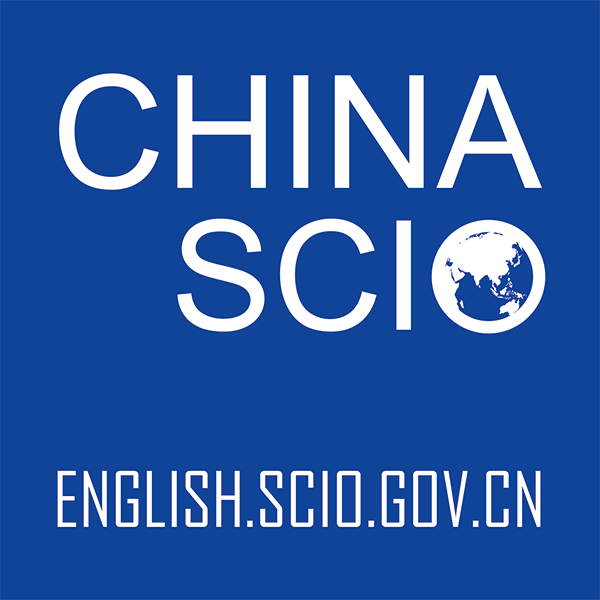


MOVING OUT AND DIVERTING IN
Less than 30 years ago, people in Xihaigu barely had enough to eat and the spell of poverty marred the region.
Xihaigu's population grew rapidly between 1953 and 1995. Its population density was thrice the maximum carrying capacity of dry land as defined by the United Nations, official data showed.
Thus, the discrepancy in natural resources and population called for bold efforts to redress the balance.
Ningxia launched six large-scale relocation projects, moving some 1.23 million people from Xihaigu to more habitable areas, areas closer to irrigation canals.
Nationwide, resettlement has helped poor people build new homes, find jobs, and forge a better future for their children.
In Xihaigu, one collective memory is the lack of water. As a local poet once wrote: "When cutting a grain of sand in half in Xihaigu, one half groans with thirst and the other moans in hunger."
To eradicate poverty, finding stable water sources for drinking and irrigation is a must.
Official data shows the average water resources per person in Xihaigu is only one 22th of the country's average. Many village names carry people's wishes for more water, such as Hanjiaoshui Village, meaning "crying for water" in Chinese.
Since the 1970s, a series of water diversion projects have been rolled out in the region, channeling water from the Yellow River and its tributary Jinghe River to Xihaigu.
By the end of 2019, almost all rural households in Xihaigu had access to potable water. Cisterns, water buckets, and water-carrying donkeys were no longer household necessities.
Xihaigu's current population is 2.4 million and all people live in habitable places with easy access to water.
Photo taken on Dec. 27, 2009 shows the water duct of an irrigation project for poverty alleviation purpose in Hongsipu District of Wuzhong City, northwest China's Ningxia Hui Autonomous Region. [Photo/Xinhua]
